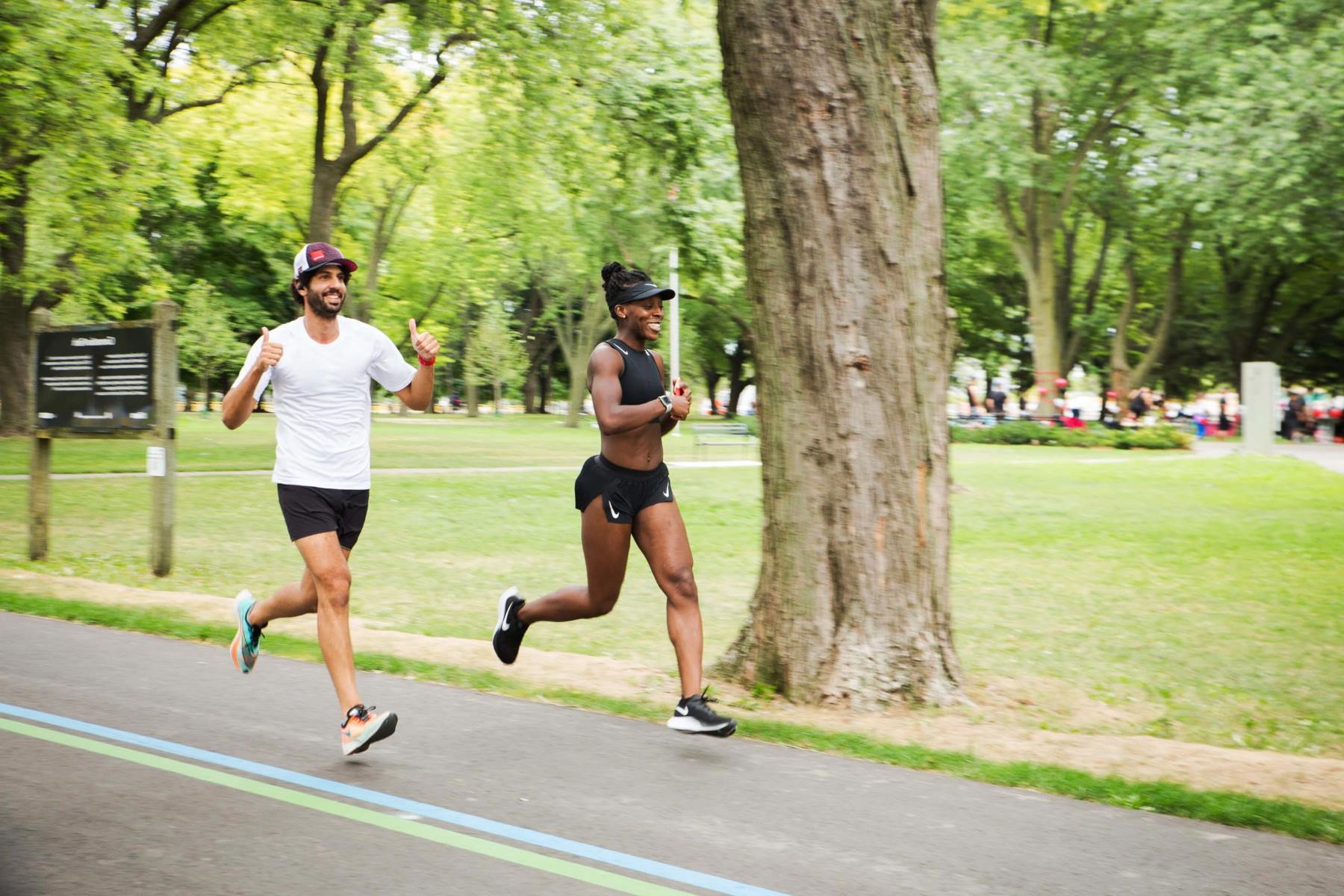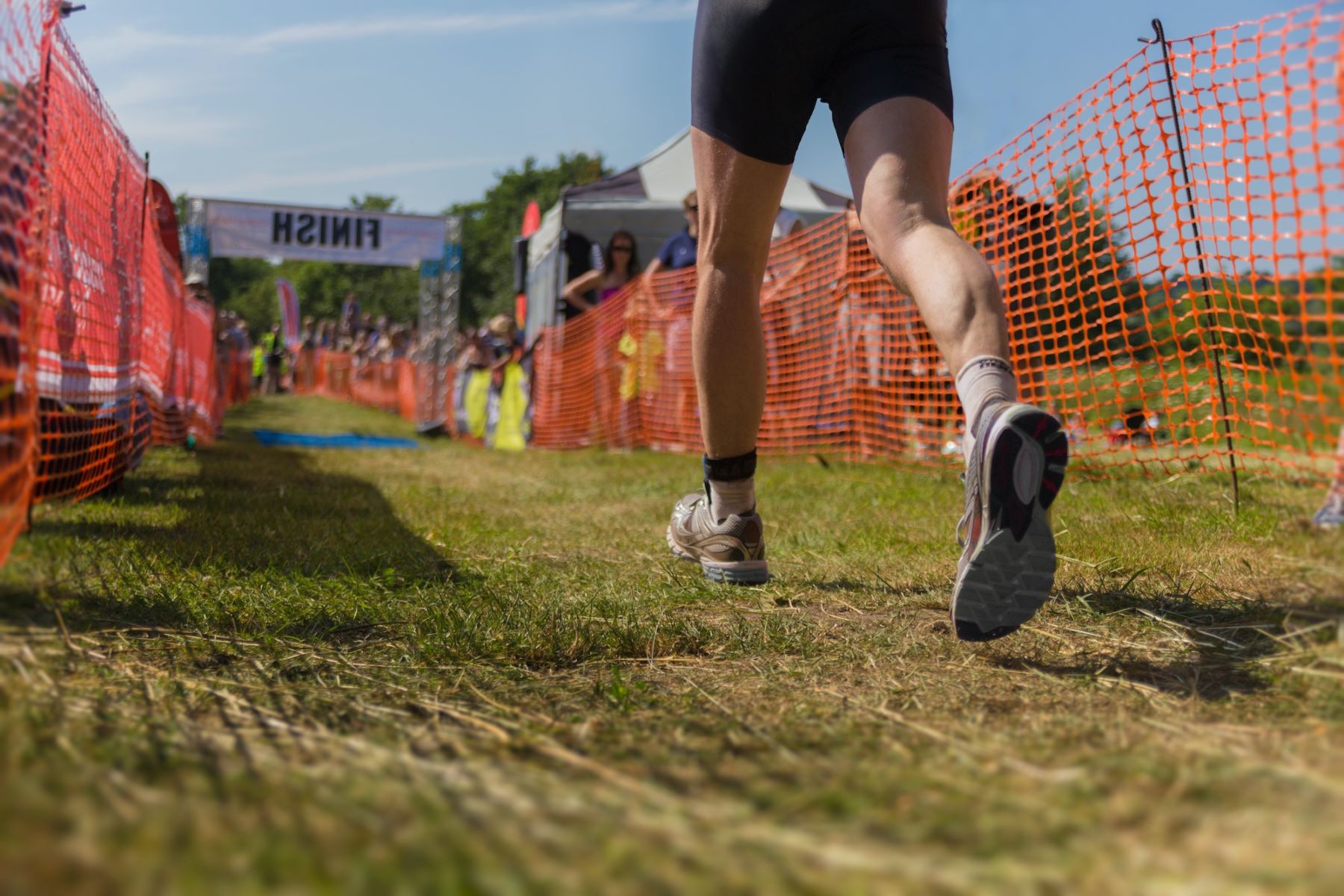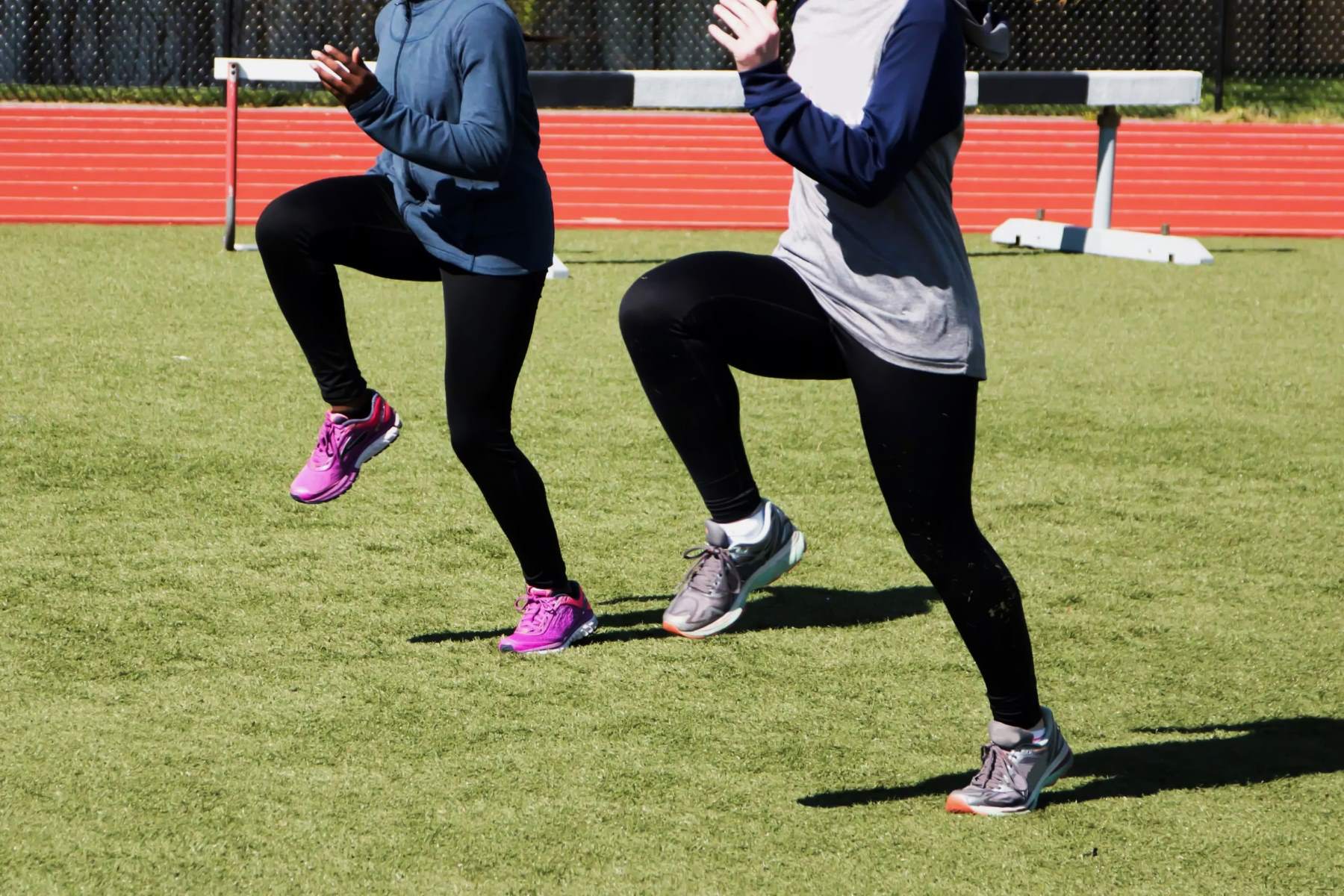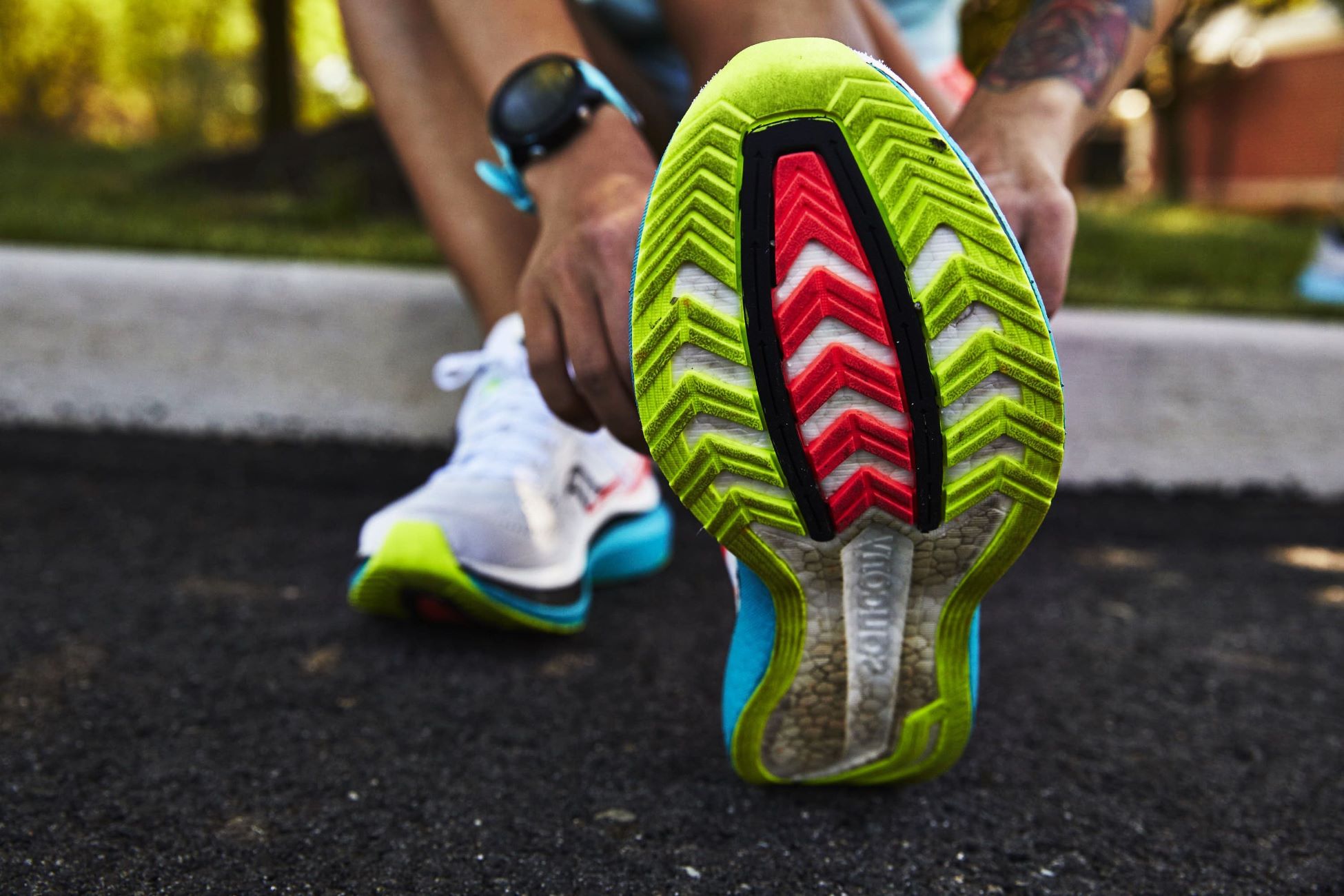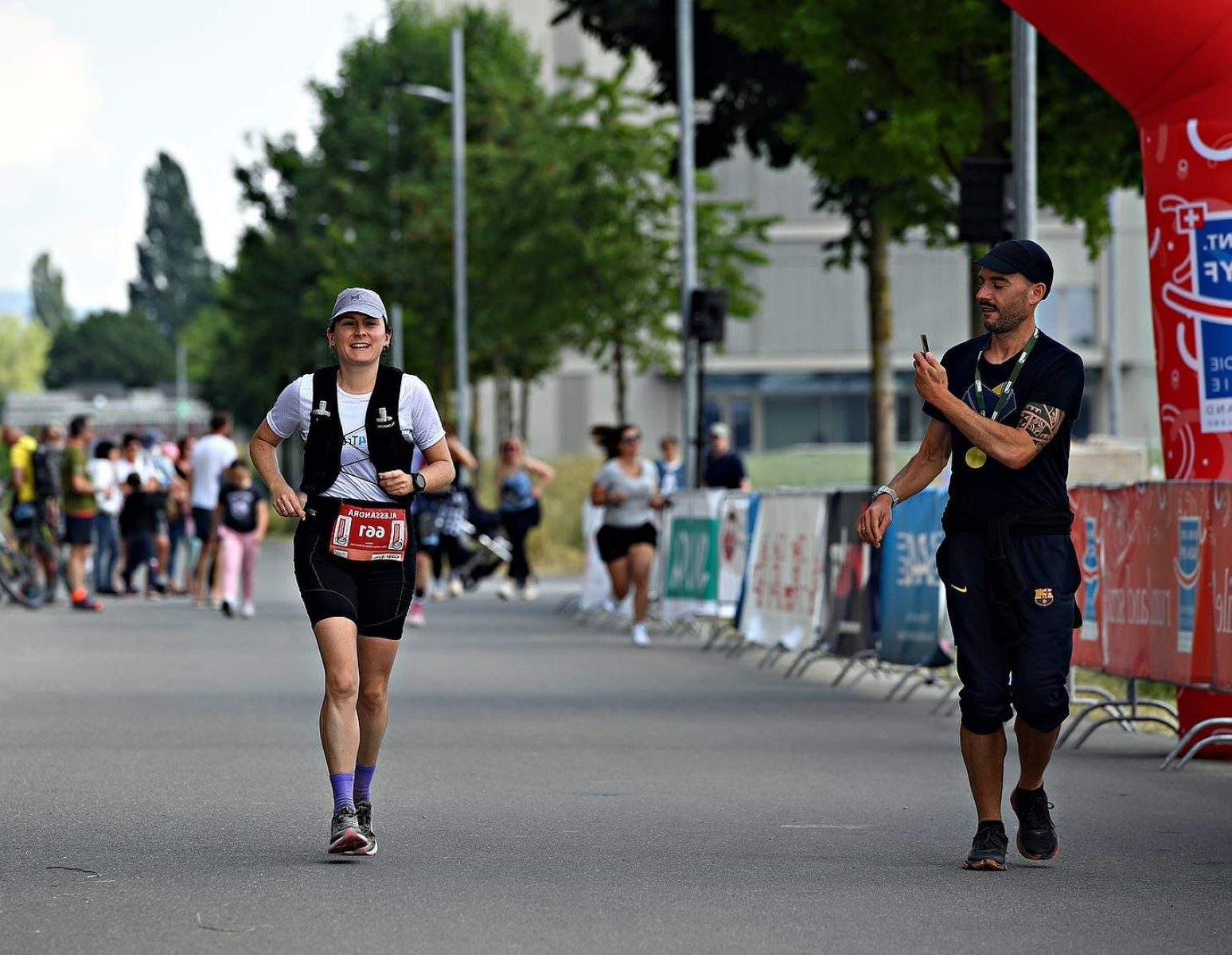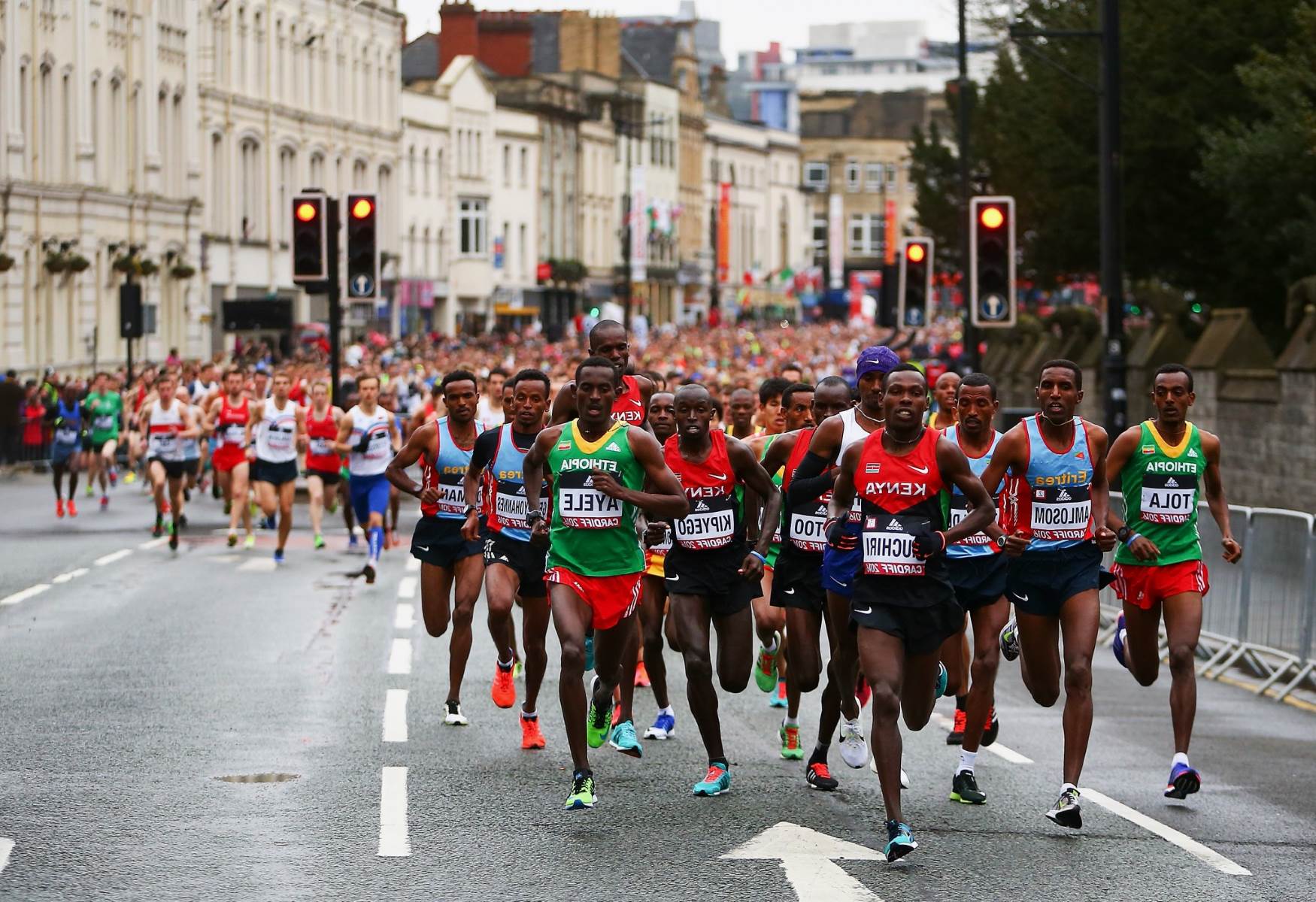Home>Training & Techniques>Running Techniques>Improving Your Running Technique: 5 Tips For Running Downhill
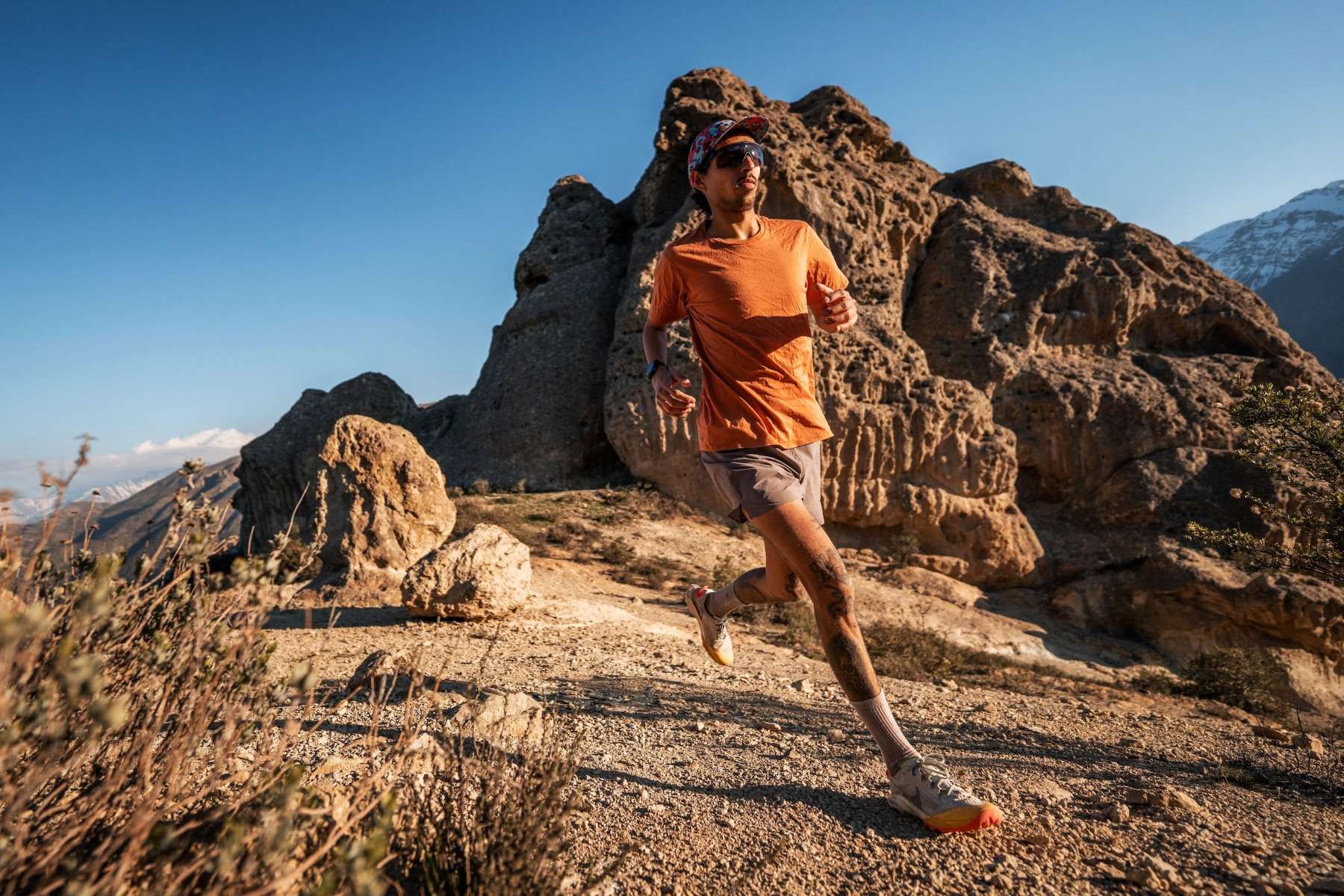

Running Techniques
Improving Your Running Technique: 5 Tips For Running Downhill
Published: February 23, 2024
Improve your running technique with these 5 downhill running tips. Enhance your running techniques for better performance and injury prevention.
(Many of the links in this article redirect to a specific reviewed product. Your purchase of these products through affiliate links helps to generate commission for Therunningadvisor.com, at no extra cost. Learn more)
Table of Contents
Understanding the Mechanics of Downhill Running
Downhill running can be exhilarating, but it also presents unique challenges that differ from running on flat terrain or uphill. Understanding the mechanics of downhill running is crucial for improving your performance and reducing the risk of injury. When running downhill, gravity plays a significant role, propelling you forward and increasing your speed. However, without proper technique, the impact of downhill running can strain your muscles and joints.
As you descend, your body experiences a greater force of impact with each stride. This can lead to muscle fatigue and soreness, especially in the quadriceps, hamstrings, and calves. To mitigate these effects, it's essential to understand the biomechanics of downhill running and how to adapt your technique to the demands of the terrain.
One key aspect of downhill running is the need for controlled deceleration. Unlike running on flat ground, where you can maintain a relatively consistent pace, downhill running requires you to manage the increased momentum. This involves engaging different muscle groups and adjusting your body position to maintain balance and stability.
Furthermore, the angle of descent affects your stride length and foot placement. When running downhill, your stride naturally lengthens to accommodate the slope. However, overstriding can lead to excessive impact on your joints and increase the risk of injury. Finding the optimal balance between stride length and cadence is essential for efficient and sustainable downhill running.
In addition to stride length, foot placement is crucial for navigating downhill terrain. Landing too far forward on your feet can result in braking forces that strain your shins and knees. Conversely, landing too far back can lead to loss of control and potential falls. Achieving a midfoot strike and maintaining a slightly forward lean can help distribute the impact more evenly and facilitate a smoother descent.
Understanding the mechanics of downhill running also involves recognizing the role of eccentric muscle contractions. As you descend, your muscles lengthen under tension to control the rate of descent. This eccentric loading places unique demands on your quadriceps and stabilizing muscles. Building strength and endurance in these muscle groups through targeted training can enhance your downhill running performance and reduce the risk of muscle fatigue and soreness.
In summary, mastering the mechanics of downhill running involves adapting your technique to the demands of gravity, slope, and impact forces. By understanding the biomechanical principles at play and implementing proper form and control, you can optimize your downhill running experience and unlock your full potential on challenging descents.
Maintaining Proper Posture and Alignment
Maintaining proper posture and alignment is fundamental for optimizing your downhill running technique. As you descend, your body's position plays a pivotal role in managing the increased momentum and impact forces. By focusing on posture and alignment, you can enhance your stability, reduce the risk of injury, and improve overall performance.
When running downhill, it's essential to maintain an upright posture with a slight forward lean. This posture allows you to align your center of gravity with the slope, facilitating controlled deceleration and efficient movement. Leaning too far back can lead to braking forces, placing excessive strain on your quadriceps and knees. Conversely, leaning too far forward may compromise balance and stability. Finding the optimal forward lean that complements the slope enables you to harness gravity to your advantage while minimizing the impact on your lower body.
Furthermore, engaging your core muscles is crucial for maintaining proper posture and stability during downhill running. A strong and stable core acts as a central support system, helping to align your spine and pelvis while absorbing the impact of each stride. By consciously activating your core muscles, you can minimize excessive movement in the upper body and maintain a more controlled descent.
In addition to posture, aligning your lower body plays a significant role in optimizing downhill running. As you descend, focus on keeping your hips and knees aligned with your direction of movement. This alignment reduces lateral stress on the joints and promotes a more fluid and efficient running motion. It also helps distribute the impact forces more evenly, reducing the risk of strain and fatigue in specific muscle groups.
Another aspect of maintaining proper alignment involves monitoring your foot placement and ensuring a balanced distribution of weight. Landing with your feet directly beneath your center of gravity allows for a more stable and controlled descent. Avoiding excessive heel striking or overstriding can help prevent jarring impacts and reduce the strain on your lower limbs.
By prioritizing proper posture and alignment, you can optimize your downhill running technique and minimize the risk of discomfort or injury. Consistent practice and mindful awareness of your body's positioning will contribute to developing a more intuitive and efficient downhill running style. Embracing the principles of posture and alignment empowers you to navigate challenging descents with confidence and grace, unlocking the full potential of your downhill running experience.
Adjusting Your Stride Length and Cadence
When it comes to downhill running, adjusting your stride length and cadence is a critical aspect of optimizing your performance and reducing the risk of injury. The unique demands of descending terrain require a strategic approach to stride length and cadence, allowing you to adapt to the slope while maintaining efficiency and control.
As you transition from level ground to a downhill descent, your natural instinct may be to lengthen your strides to accommodate the slope. While a longer stride can help you navigate the terrain, it's essential to strike a balance to avoid overstriding. Overstriding during downhill running can lead to excessive impact on your joints, particularly the knees and hips, increasing the risk of discomfort and potential injury.
Instead of focusing solely on lengthening your strides, consider adjusting your cadence to complement the changes in terrain. Cadence refers to the number of steps you take per minute, and it plays a crucial role in regulating your speed and managing the impact of each stride. When running downhill, increasing your cadence can help you maintain a more controlled descent while reducing the strain on your muscles and joints.
By shortening your strides and increasing your cadence, you can effectively manage the momentum of downhill running. This adjustment allows for quicker, lighter foot strikes, minimizing the braking forces that occur with longer strides. Additionally, a higher cadence promotes a more rapid turnover of steps, distributing the impact forces more evenly and reducing the strain on specific muscle groups.
Finding the optimal balance between stride length and cadence is a personalized process that may require experimentation and mindful awareness of your body's movement. Pay attention to how different stride lengths and cadences feel as you descend, and be open to making adjustments based on the terrain and your comfort level.
Incorporating interval training and drills focused on stride length and cadence can also help you develop the necessary muscle memory and adaptability for downhill running. By practicing varied cadence intervals and stride adjustments, you can enhance your ability to fluidly transition between different terrains and optimize your running technique.
Ultimately, adjusting your stride length and cadence for downhill running is a dynamic and adaptive process. By honing your awareness of these key elements and integrating them into your training and running routine, you can elevate your downhill running experience, improve your performance, and minimize the impact on your body. Embracing the nuances of stride length and cadence empowers you to conquer challenging descents with confidence and finesse, unlocking the full potential of your downhill running capabilities.
Using Your Arms and Upper Body for Balance
Engaging your arms and upper body effectively is a crucial component of mastering downhill running technique. While much emphasis is placed on lower body mechanics, the role of your arms and upper body should not be overlooked. By harnessing the power of your upper body for balance and stability, you can enhance your overall performance and navigate challenging descents with greater control and confidence.
As you descend on a downhill slope, your arms play a pivotal role in counterbalancing the forward momentum generated by gravity. Positioning your arms strategically can help you maintain equilibrium and prevent excessive forward lean, which can lead to loss of control and potential falls. Aim to keep your arms at a comfortable angle, allowing them to move in sync with your strides and complement the rhythm of your running motion.
Furthermore, the motion of your arms can influence the coordination and efficiency of your leg movements. By driving your arms in a controlled and purposeful manner, you can propel yourself forward and maintain a more consistent pace. This coordinated movement pattern not only optimizes your speed but also aids in stabilizing your body as you navigate the descent.
In addition to providing balance, your arms can serve as a counterbalance to your lower body, helping to offset the impact forces generated by each stride. As your legs absorb the shock of downhill running, your arms can move in opposition to your lower body, creating a dynamic equilibrium that minimizes destabilizing forces. This coordinated movement not only reduces the strain on your lower body but also promotes a smoother and more controlled descent.
Engaging your upper body muscles, particularly the core and back muscles, can further enhance your stability and balance during downhill running. A strong and stable core acts as a central support system, helping to align your spine and pelvis while absorbing the impact of each stride. By consciously activating your core muscles, you can minimize excessive movement in the upper body and maintain a more controlled descent.
Moreover, maintaining relaxed and fluid arm movements can contribute to overall running efficiency and reduce unnecessary tension in the upper body. Tension in the arms and shoulders can impede the natural flow of movement and lead to increased fatigue. By focusing on relaxed yet purposeful arm swings, you can conserve energy and maintain a more sustainable running form throughout the descent.
In summary, utilizing your arms and upper body for balance during downhill running is a multifaceted and dynamic process. By integrating mindful arm movements, engaging core stability, and coordinating the motion of your upper body with your lower body, you can optimize your downhill running technique and elevate your performance. Embracing the interconnectedness of your entire body's movement empowers you to conquer challenging descents with grace and agility, unlocking the full potential of your downhill running experience.
Choosing the Right Footwear for Downhill Running
Selecting the appropriate footwear for downhill running is a critical consideration that can significantly impact your performance, comfort, and safety on challenging descents. Unlike running on flat terrain or uphill, downhill running places unique demands on your footwear, requiring specific features to enhance traction, stability, and protection.
When choosing footwear for downhill running, prioritizing grip and traction is paramount. The outsole of the shoe should feature aggressive lugs and a durable rubber compound designed to provide reliable traction on varied surfaces. The presence of multidirectional lugs enhances grip during descents, allowing you to navigate steep and uneven terrain with confidence. Additionally, a sticky rubber compound offers enhanced traction on rocks, roots, and loose gravel, minimizing the risk of slipping and promoting a more secure foothold.
Furthermore, the midsole of the shoe plays a crucial role in cushioning and stability during downhill running. Opt for a shoe with adequate cushioning to absorb the impact forces generated by each stride. A responsive and supportive midsole can help reduce the strain on your feet and lower limbs, enhancing comfort and minimizing fatigue during extended downhill runs. Additionally, a shoe with a lower heel-to-toe drop can promote a more natural and stable foot position, facilitating a smoother descent and reducing the risk of excessive heel striking.
An often overlooked aspect of downhill running footwear is the presence of a protective and secure upper. The upper of the shoe should offer sufficient support and protection to withstand the rigors of downhill terrain. Look for a durable and abrasion-resistant upper that provides a secure fit without sacrificing breathability. A secure lacing system and a snug heel collar can help prevent slippage and maintain stability, ensuring a confident and secure foothold as you navigate challenging descents.
Moreover, considering the weight of the shoe is essential when selecting footwear for downhill running. While a lightweight design can promote agility and responsiveness, it's crucial to strike a balance with adequate cushioning and protection. A lightweight yet durable shoe can enhance your maneuverability and reduce the overall strain on your legs, allowing for a more dynamic and efficient running experience.
In addition to the specific features of the shoe, it's important to consider the fit and comfort level. Ensuring a proper fit with ample toe room and minimal movement within the shoe is essential for downhill running. Testing the shoes on varied terrain and inclines can provide valuable insights into their performance and comfort, allowing you to make an informed decision based on your individual preferences and running style.
By carefully evaluating the grip, cushioning, stability, protection, weight, and fit of potential footwear options, you can select the right shoes for downhill running that align with your specific needs and preferences. Investing in high-quality footwear tailored to the demands of downhill terrain empowers you to conquer challenging descents with confidence and agility, unlocking the full potential of your downhill running experience.



